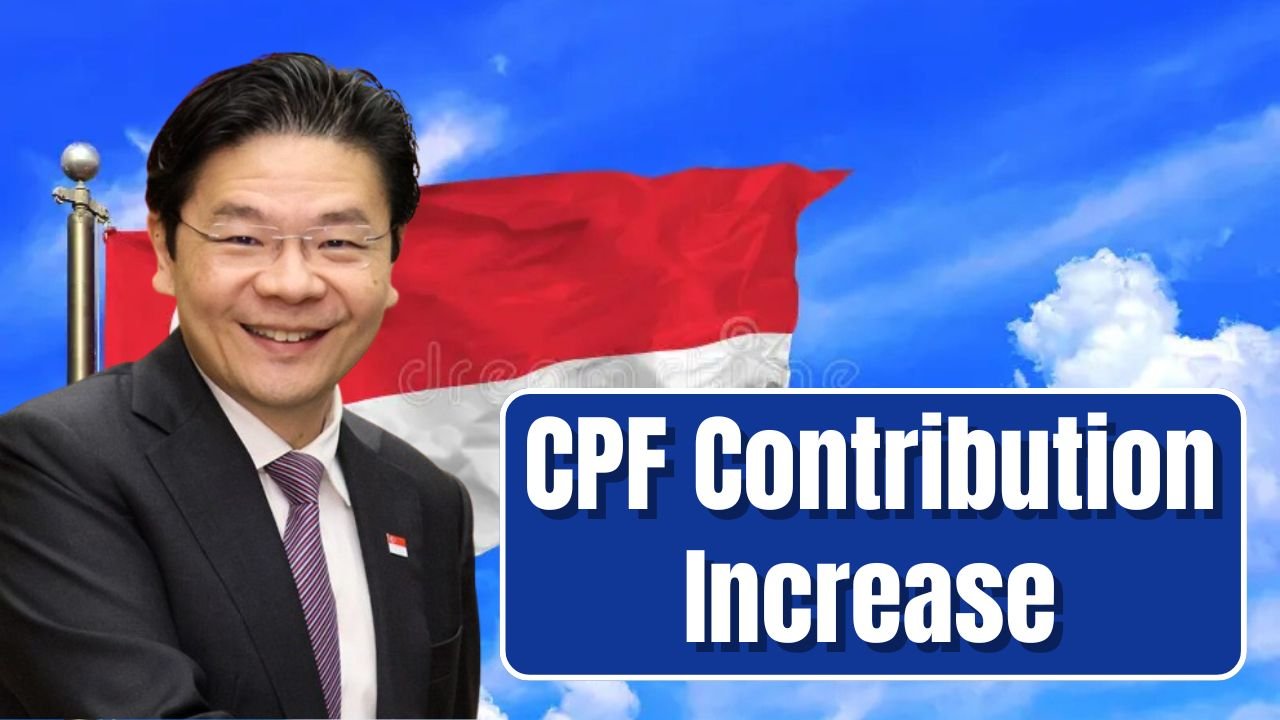Beginning in 2025, important amendments will come into effect on the Central Provident Fund (CPF) contribution rates in Singapore. These modifications are primarily intended to aid the enhancement of retirement savings for senior workers. For employees or employers, these changes are crucial for financial planning. So let’s just see into what the new Schedules IXB and IIC mean in terms of practical impacts for you.
Increased CPF Contribution Rates for Senior Employees
Starting January 1, 2025, CPF contribution rates will be raised for employees aged 55 to 65 years. This is in support of Senior Workers in Singapore who are trying to enhance their retirement savings. The total CPF contribution for workers in a wider age group (above 55 to 60) will see an increase to 32.5% of their wages, while an increase to 23.5% will accrue to those aged above 60 up to 65. The contributions remain unchanged for other groups.
These changes will constitute an increase of 1.5% in total CPF contributions for employees above 55 and below 65 years of age from the previous rates, thereby achieving the goal of assisting older employees in accumulating more retirement savings.
Where Will the Additional Contributions Go?
Such additional contributions to the CPF will be channelled to the individual’s Retirement Account (RA) if he has not attained his Full Retirement Sum (FRS). This allows employees to have faster accumulation of their retirement savings. For those who have already met the criterion for FRS, the extra contributions will be credited to the other Ordinary Account (OA).
CPF Ordinary Wage Ceiling Increase
Apart from adjusting the contribution rates upward, we will also see progressive increases to the CPF Ordinary Wage (OW) Ceiling so it can keep up with salary growth. This ceiling stipulates the maximum amount of wages subjected to CPF contributions. The CPF OW Ceiling will be raised from the current level to $7,400 by January 2025 and then $8,000 in January 2026.
The CPF Annual Salary Ceiling is positioned at $102,000, covering all the total wages (ordinary wages and bonuses) that are eligible for CPF contributions with respect to the year.
How Will This Affect Employees and Employers?
Employees: Workers above 55 to 65 bear a slightly higher burden of contributions to the CPF from monthly salaries. Such deductions reduce take-home pay. These offsets will, however, help in securing a happier retirement.
Employers: It is the employer’s obligation to keep their payroll system updated with new contribution rates and wage ceilings. The government is expected to introduce the CPF Transition Offset in 2025 to lessen employers’ financial constraints. The offset will cover half of the increase in employers’ CPF contributions concerning senior workers; it will be automatically credited with no application required.
Why Are These Changes Important?
The changes in the CPF rates serve the broader purpose of strengthening the livelihoods of older workers. Financial security for senior employees upon retirement guaranteed rises to prominence as the population steadily grows older.
Final Thoughts
The new CPF rates and amendments to wage ceilings slated to come into effect in January 2025 should be on the attentiveness of both legal employers and staff. As far as the transition, the sooner they prepare, the better will it be for their finances in the way of the time.
